Description
Polypropylene (PP): The Versatile Plastic Shaping Our World
Polypropylene (PP), a thermoplastic polymer resin, is one of the most widely used plastics in the world, and for good reason. Its versatility, affordability, and impressive properties make it an indispensable material across countless industries, from packaging and automotive to textiles and healthcare.
What is Polypropylene?
PP is created by polymerizing propylene, a gas derived from petroleum. The resulting polymer is a semi-crystalline, rigid, and relatively inexpensive plastic. Its chemical formula is (C3H6)n, where ‘n’ represents the number of repeating propylene units.
Key Properties of Polypropylene:
The widespread adoption of polypropylene stems from its impressive combination of properties:
- Chemical Resistance: PP exhibits excellent resistance to a wide range of chemicals, including acids, bases, and solvents. This makes it ideal for storing and transporting various liquids and materials.
- Heat Resistance: While not as heat-resistant as some other polymers, PP can withstand relatively high temperatures without deforming, making it suitable for applications involving hot liquids or elevated temperatures.
- High Strength-to-Weight Ratio: PP is strong and lightweight, allowing for efficient material use and reduced weight in applications like automotive parts.
- Impact Resistance: PP can be formulated to possess good impact resistance, even at low temperatures, making it suitable for durable products.
- Fatigue Resistance: PP can withstand repeated bending and flexing without breaking, making it useful for living hinges and components subject to stress.
- Electrical Insulation: PP is an excellent electrical insulator, making it suitable for electrical components and cable insulation.
- Recyclability: Polypropylene is recyclable, though the recycling rate varies depending on location and infrastructure. Recycled PP can be used to manufacture a variety of new products.
Applications of Polypropylene:
The applications of PP are incredibly diverse. Here are just a few examples:
- Packaging: Food containers, bottles, caps, closures, crates, and film packaging all commonly utilize PP due to its chemical resistance and ability to be formed into various shapes.
- Automotive: PP is used in various automotive components, including bumpers, interior trim, battery cases, and fluid containers, thanks to its lightweight and impact resistance.
- Textiles: PP fibers are used to manufacture carpets, upholstery, ropes, and non-woven fabrics like disposable diapers and medical garments.
- Medical Devices: PP is used in medical devices such as syringes, labware, and packaging for pharmaceuticals due to its biocompatibility and ability to be sterilized.
- Consumer Goods: Furniture, toys, appliances, and storage containers are often made from PP, leveraging its durability and versatility.
- Industrial Applications: PP is used in tanks, pipes, and other industrial components due to its chemical resistance and strength.
Types of Polypropylene:
Polypropylene comes in different forms, each tailored to specific applications:
- Homopolymer PP: The most common type, offering a high strength-to-weight ratio and good chemical resistance.
- Copolymer PP: Created by polymerizing propylene with other monomers, such as ethylene, to improve impact resistance and flexibility. There are two main types of copolymer PP:
- Random Copolymer PP: Contains randomly distributed comonomer units, resulting in increased clarity and flexibility.
- Block Copolymer PP: Contains blocks of comonomer units, leading to improved impact resistance, especially at low temperatures.
Advantages and Disadvantages:
Like any material, polypropylene has its advantages and disadvantages:
Advantages:
- Versatile and readily available
- Cost-effective
- Excellent chemical resistance
- Good strength-to-weight ratio
- Recyclable (although recycling rates need improvement)
Disadvantages:
- Susceptible to UV degradation (can be mitigated with additives)
- Poor resistance to chlorinated solvents and aromatics
- Flammable
- Can be challenging to bond effectively
The Future of Polypropylene:
Ongoing research and development are focused on improving the properties and sustainability of PP. This includes:
- Developing bio-based PP from renewable resources.
- Improving recycling rates and technologies.
- Enhancing the properties of PP through additives and compounding.
Conclusion:
Polypropylene’s unique combination of properties and affordability has cemented its position as a vital material in modern society. From everyday packaging to critical medical devices, PP plays a crucial role in countless applications. As research continues to improve its sustainability and performance, polypropylene is poised to remain a cornerstone of the plastic industry for years to come.


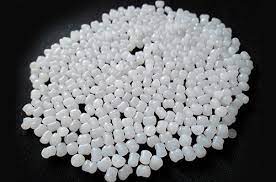
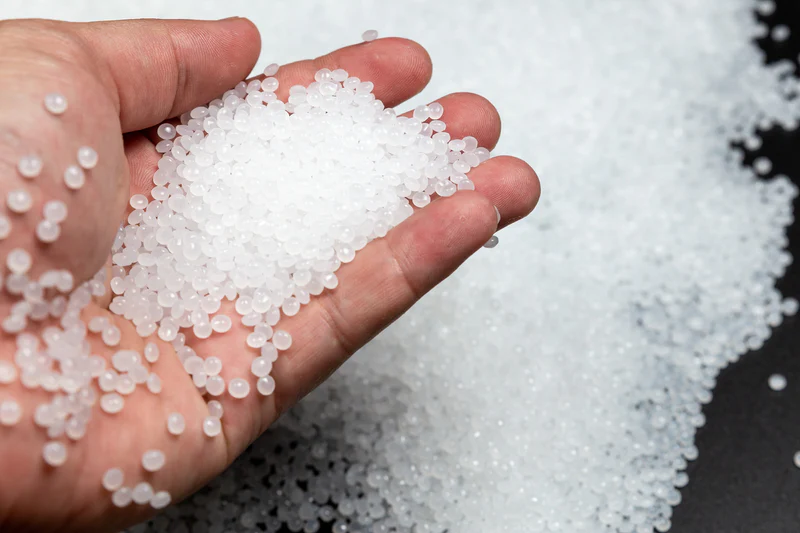

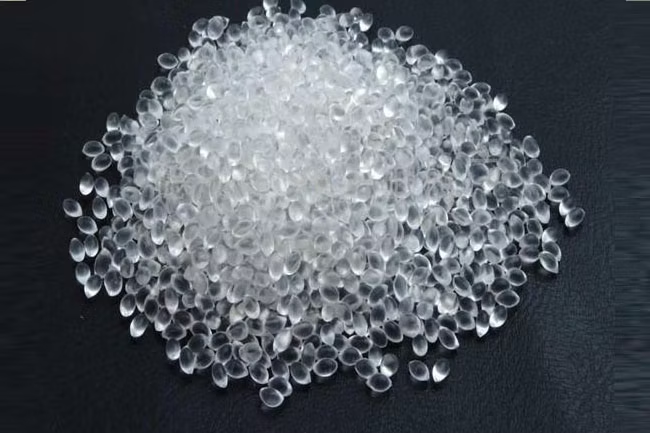
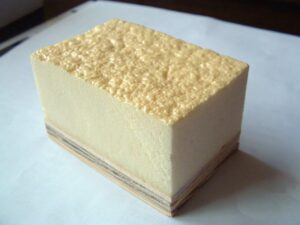


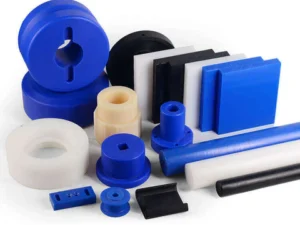
Reviews
There are no reviews yet.